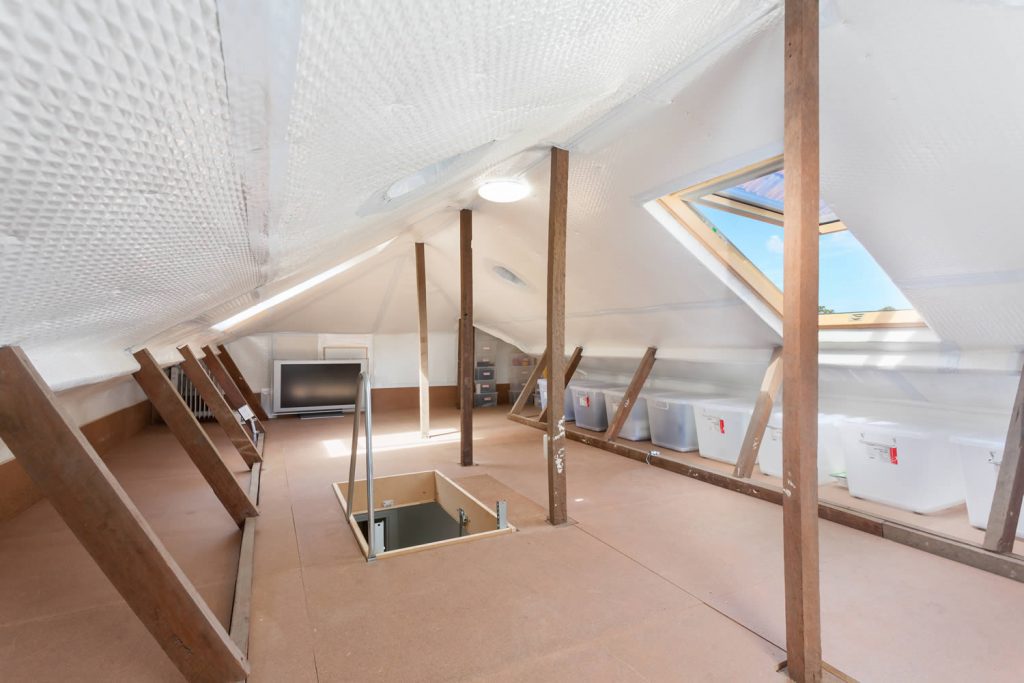When it comes to accessing your attic, ensuring safety is paramount. Whether you are a homeowner or a real estate developer, understanding attic ladder safety tips can prevent accidents and enhance usability. This guide will walk you through the essential aspects of attic ladder safety, helping you make the most of your attic space while keeping everyone safe.

Why Safety Matters
An attic ladder is a functional addition to any home, offering easy access to storage or additional living space. However, without proper safety measures, it can become a hazard. According to the National Safety Council, ladder-related incidents are a common cause of injuries at home. Thus, understanding these safety tips is crucial.
Choosing the Right Ladder
Material Matters
The first step in ensuring attic ladder safety is selecting the right material. Aluminum ladders are lightweight and rust-resistant, while wooden ladders offer a sturdy, classic look. Each material has its pros and cons, so choose based on your specific needs.
Weight Capacity
Check the weight capacity of the ladder. It should be able to support the weight of the person using it plus any items being carried. A typical ladder supports around 250 to 300 pounds.
Installation Best Practices
Professional Installation
For optimal safety, consider professional installation of attic stairs. A professional can ensure that the ladder is securely fastened and meets all safety standards.
Proper Placement
Ensure that the ladder is placed in an area with adequate lighting. This reduces the risk of missteps and accidents. Avoid placing the ladder near doors or high-traffic areas.
Regular Maintenance
Inspect for Damage
Regularly inspect your attic ladder for signs of wear and tear. Look for cracks in wooden ladders or bends in aluminum ladders. Promptly address any issues to maintain safety.
Lubrication
Keep the ladder hinges and joints well-lubricated to ensure smooth operation. This prevents sticking and reduces the risk of accidents.
Safe Usage Practices
Climbing Techniques
Always face the ladder when climbing and keep both hands on the rails. Maintain three points of contact to ensure stability.
Load Management
Avoid carrying heavy or bulky items up the ladder. Use a rope or pulley system to lift items safely.
Enhancing Attic Safety
Lighting Solutions
Good lighting is essential for attic safety. Consider installing permanent lights or using portable, battery-operated lights.
Ventilation
Proper attic ventilation is not only crucial for maintaining the structural integrity of your home but also for ensuring a safe and comfortable environment. Poor ventilation can lead to mold growth and structural issues.
Emergency Procedures
Fire Safety
Ensure your attic has a smoke detector. In case of a fire, have a clear evacuation plan that includes using the attic ladder safely.
First Aid Preparedness
Accidents can happen. Keep a first aid kit nearby and ensure everyone knows how to use it.
Training and Education
Family Workshops
Conduct workshops or training sessions for family members on how to use the attic ladder safely. This is especially important for older adults and young children.
Signage
Consider placing informational signs near the attic ladder to remind users of safety protocols.
Conclusion
By implementing these attic ladder safety tips, you can ensure that accessing your attic is a safe and hassle-free experience. Whether for storage or living space, your attic can be a valuable part of your home if used safely. Remember, safety first!

FAQs
What is the ideal material for an attic ladder?
Aluminum is lightweight and rust-resistant, while wood offers sturdiness. Choose based on your needs and home style.
How often should I inspect my attic ladder?
Inspect your attic ladder every six months for any signs of damage or wear and tear.
Can I install an attic ladder myself?
While DIY installation is possible, professional installation is recommended for safety and compliance with standards.
This article contains affiliate links. We may earn a commission at no extra cost to you.




